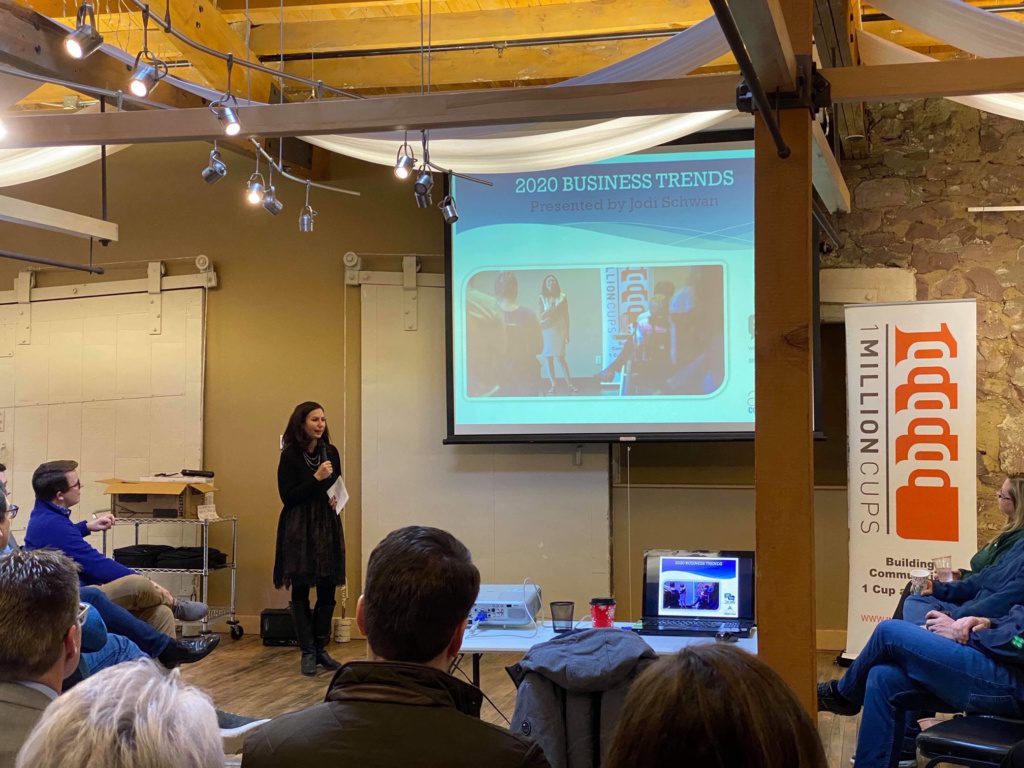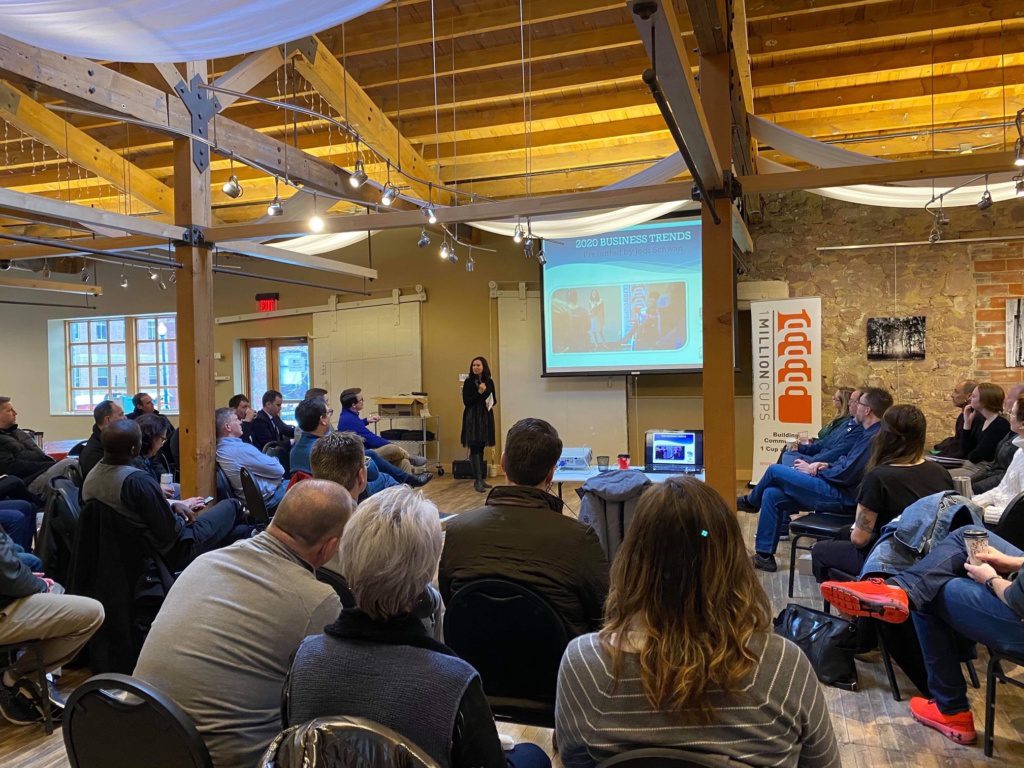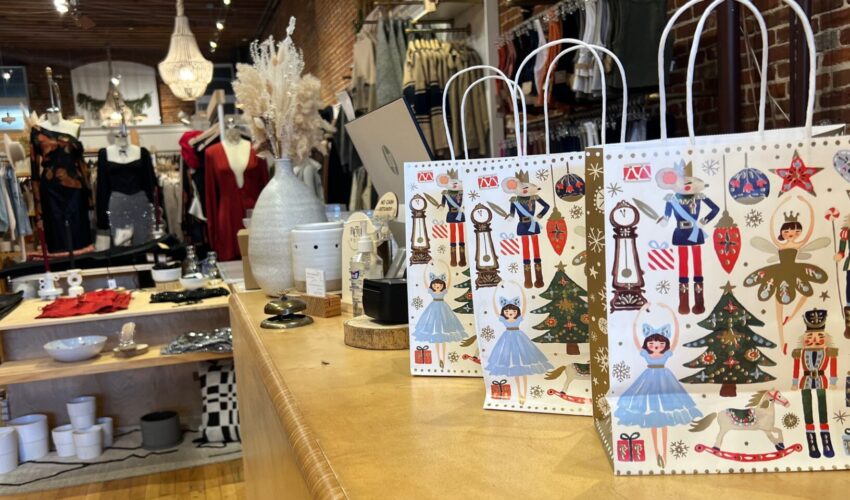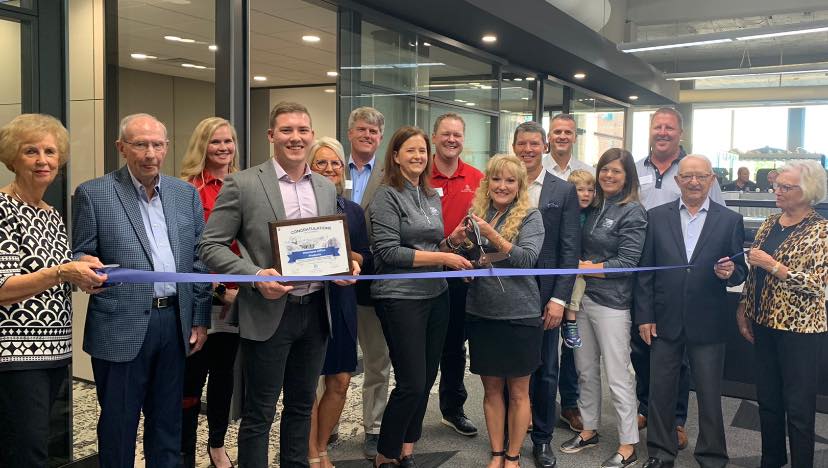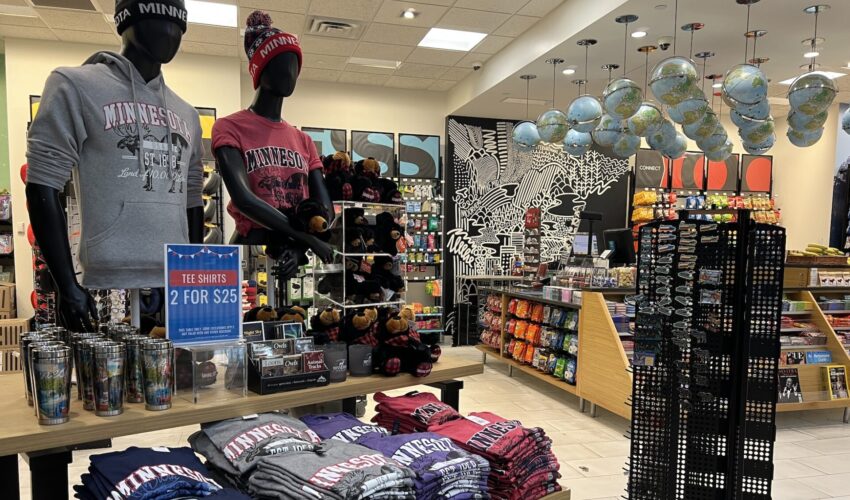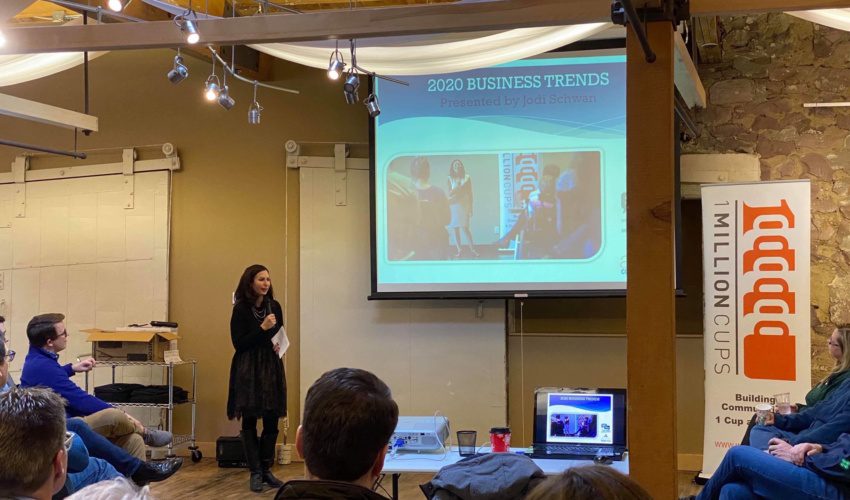Jodi’s Journal: The tale of three economies
Jan. 26, 2020
The note arrived at the very end of the work week a couple of Fridays ago from organizers at 1 Million Cups – the weekly speaker series designed to focus on themes related to entrepreneurship.
Would I consider coming to talk about business trends, it asked.
I had the time available, but tackling the topic would require a little thought, which I figured would be good for me, so I said yes.
Per the suggestion, many of the Sioux Falls-related themes I discussed were among those I explored in my column earlier this month looking ahead to 2020. So, if you missed that, you can read it here.
But the concept of “business trends” reaches beyond new buildings.
So I forced myself to think deeper on what is occurring inside those offices, and that’s when I realized that as we begin a new decade, we essentially are living in three economies.
These economies likely exist and affect you regardless of the industry you are in or the community where you live. They are not tied to any particular economic cycle or demographic. As I said to the audience at 1 Million Cups, if you are going to focus on one area – or several – to grow professionally this year, based on what I’m seeing, you would do well to focus on one or all of these. I know I will be.
The Data Economy
When I’m trying to make sense of anything geopolitical, I often will see what Thomas Friedman has to say about it. The New York Times columnist has particularly deep knowledge of the Middle East, so as tension rose with Iran recently and I dialed in to the situation, I read one of his columns about it. You can read it here.
In it, Friedman described President Donald Trump and Iran’s Ayatollah Ali Khamenei as “two old men, with old ideas” fighting, among other things, over “a 20th century resource – oil – that is decreasingly relevant to a 21st century nation’s economy.”
“Data is the new oil,” Friedman continues. “Who has it and how do you distill the insights from it, and then productize and monetize those insights, is the new economic driver that in the long run will determine a country’s wealth and security in the 21st century — not black crude.”
He repeated a relevant warning from a former Saudi oil minister that “the Stone Age did not end because we ran out of stones; it ended because we invented new tools.”
And he concluded with a key thought: “Are we now consumed in fighting for yesterday’s economic assets or tomorrow’s?”
In business, we too sometimes prioritize yesterday’s assets instead of positioning ourselves for tomorrow’s.
And as Friedman pointed out: Data is the new sought-after resource. In my coverage of higher education and industry, it’s a theme that comes up repeatedly. The students of today are learning how to harness, analyze and strategically deploy data. Those companies leading their industries increasingly are doing the same.
If you need to enhance one skill set – and I say this to myself as much as I say it to you – consider learning more about data science and data analytics. Your future in business might depend on it.
The Experience Economy
The notion of an “experience economy” is neither new nor original, but it needs mentioning because it is as real today as it was when it was reportedly first talked about in the mid-1990s. That’s when B. Joseph Pine II and James H. Gilmore wrote an article that predicted the experience economy would be the next economic revolution – comparing it to the changes that occurred when the Industrial Revolution replaced the agrarian economy and the service economy emerged from the Industrial Revolution.
Two years prior, the Danish researcher Rolf Jensen predicted that in 25 years – basically, today in 2020 – “what people buy will be mostly stories, legends, emotion and lifestyle.”
Fittingly, customers surveyed last year said how a brand makes them feel is 1.5 times more important than anything else, according to research by Forrester Consulting.
What does this mean to you and your business? I think it depends on where you sit, but knowing your audience – see The Data Economy above – must be the driver. It might be that your ideal customer experience is one that offers value or speed, personalized service or simply a product that outperforms the market or finds a new niche. It’s up to you to figure out what that defining experience is, deliver it and continually evolve and improve upon it.
And that doesn’t just mean from a customer-facing perspective. It means looking inside your business at the experience your employees are having there. The theme I hear more than any other when employers in this community discuss their challenges is workforce. I suggest that examining the experience your employees are having in your organization – particularly as it relates to those predicted elements of story, emotion and lifestyle – holds a key to solving your challenge.
The Attention Economy
Maybe you’ve heard the comparison: The attention span of a goldfish – less than 10 seconds – now presumably surpasses the attention span of a human being.
It made sense to me the first time I heard it – and a quick search reveals it’s cited all over. But as I dug in to learn more about this final economy – the attention economy – I learned there actually never was much science or research to back up this fishy claim.
The idea, though, that human attention is a scarce commodity that is likely to become more scarce is true. It’s not so much that our attention spans are shortening – how could binge-watching be a thing if that were the case? It’s more that the forces competing for our attention keep multiplying, so we are becoming more selective about where and how we pay attention.
Succeeding in the attention economy is key – whether you’re trying to market your business or whether you’re trying to successfully communicate to your team. How to do it, I think, is a blend between art and science – and it ties back to the experience economy too.
I found great research on this topic from Prezi, the company that took a new approach to how corporate presentations are put together. Its 2018 State of Attention report found that 59 percent of professionals felt they could give a piece of content their undivided attention more so in 2018 than one year prior. At the same time, nearly half said they were more selective about the content they consume than they were one year ago.
So what keeps their attention? More than half – 55 percent – said a great story captures their attention and keeps them engaged, and one-third said visual stimulation is key to maintaining their attention.
I have seen this play out before my eyes at SiouxFalls.Business, where we are intensely focused on story choice, storytelling and visual elements that keep readers. I have seen our engagement rates and the average length of time people spend on our work surpass anything else I’ve seen in media.
Digital expert Kevin Kelly, the founding editor of Wired magazine, also identified certain intangibles that help attract attention, including immediacy, personalization, authenticity and accessibility.
And we certainly can’t leave out the influence of others when it comes to attention economics. If you use social media, consider your feed and the influx of information that finds you on it – from a combination of your personal and professional relationships, “influencers” and brands you follow and, of course, those who try to reach you through advertising.
Social networking also has made entry into the attention economy easier than ever, turning anyone with a smartphone into a content creator.
And even though we’ve disproved the goldfish theory, when I think of putting content on social media I think of a massive tank of goldfish darting around and the challenge of trying to capture the attention of even just a few of them. This is the universe you’re forced to navigate in many cases to succeed in the attention economy.
I’m not sure it’s fair to call these three economies trends because I think they are going to be with us into the foreseeable future. Our success in business is going to depend on our ability to navigate them as technology, consumer expectations and the human brain continue to evolve.
In retrospect, it’s a good thing the event I spoke at is named for the idea that entrepreneurs can collectively discover solutions to challenges in business over 1 million cups of coffee. It will take that many to figure this all out!

